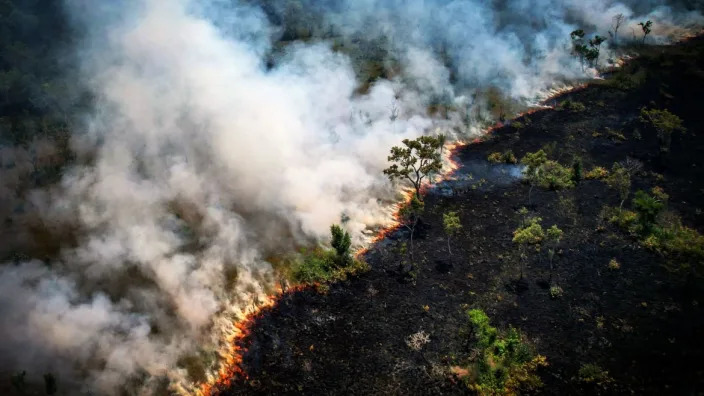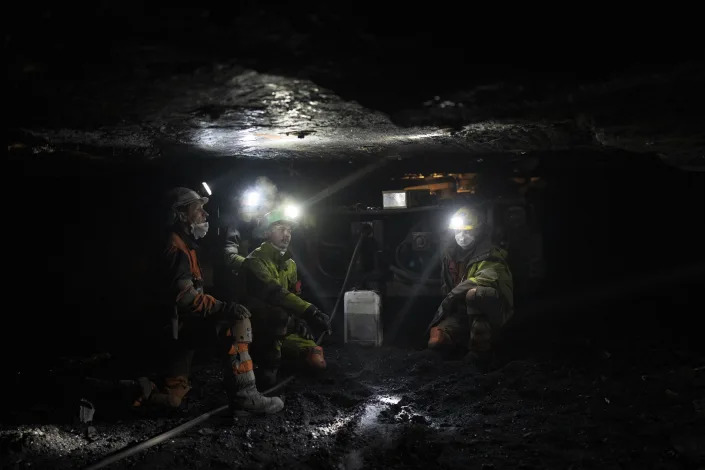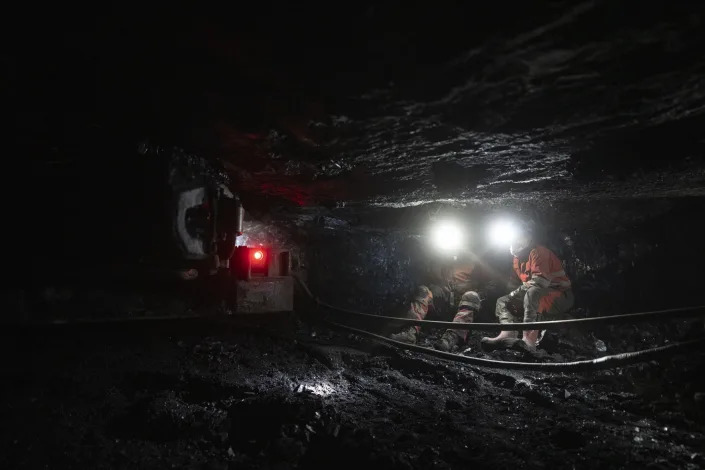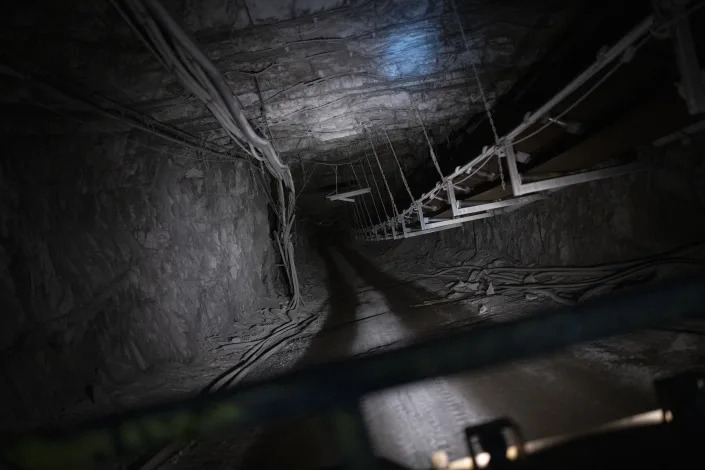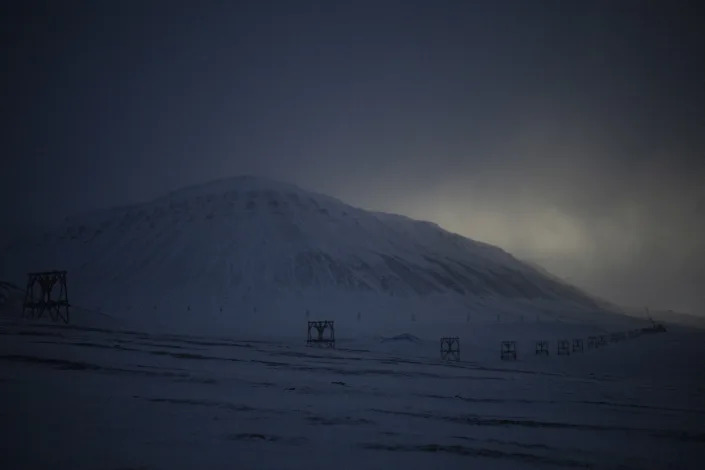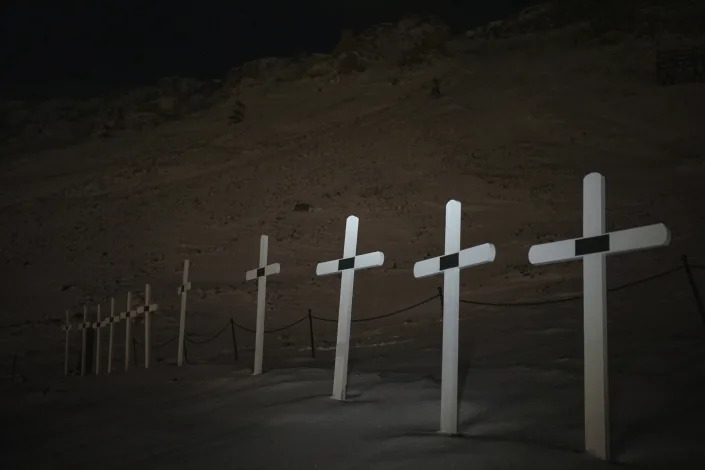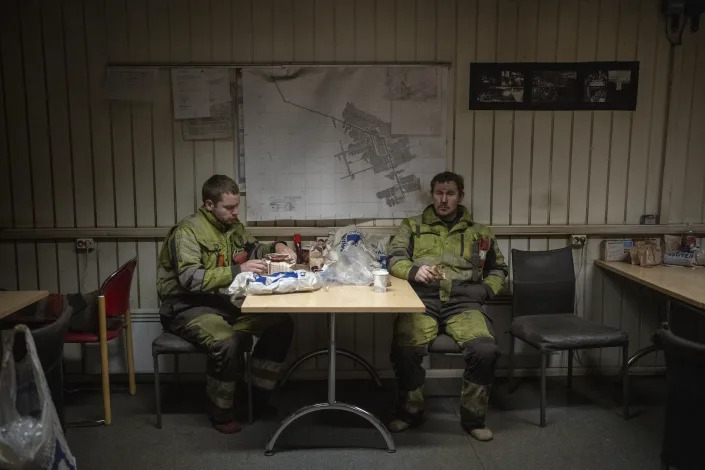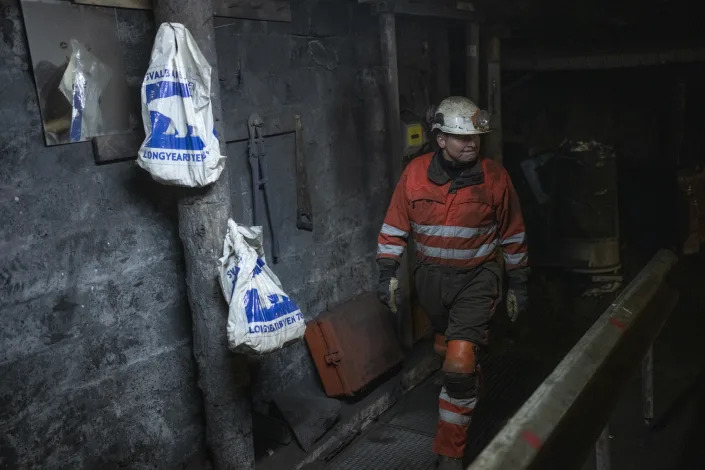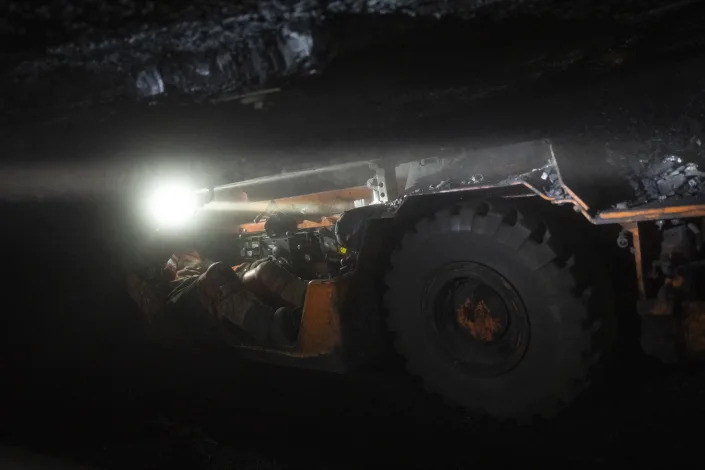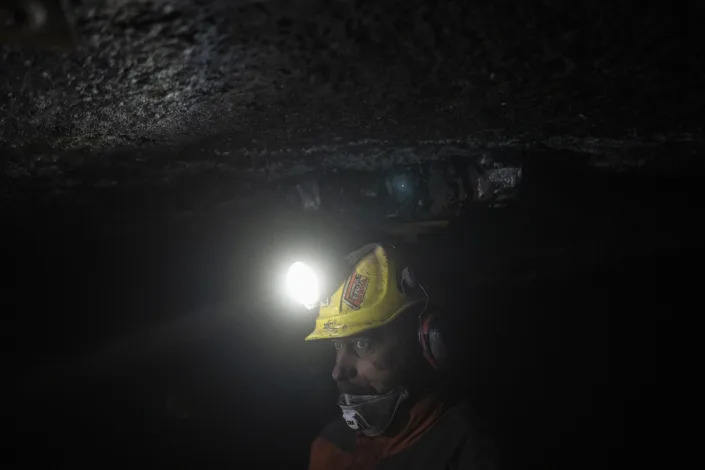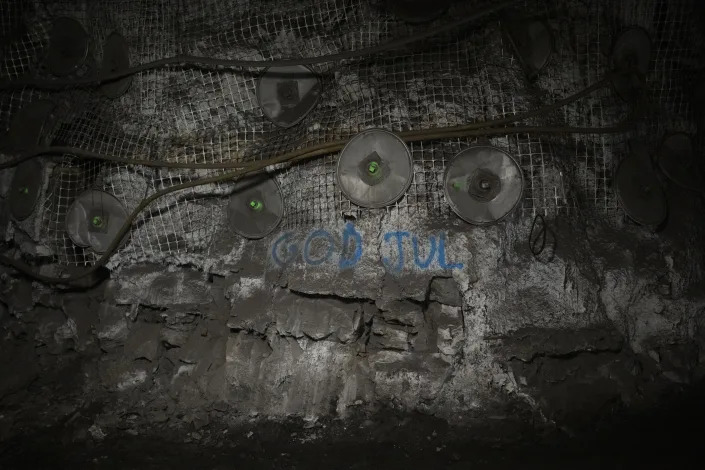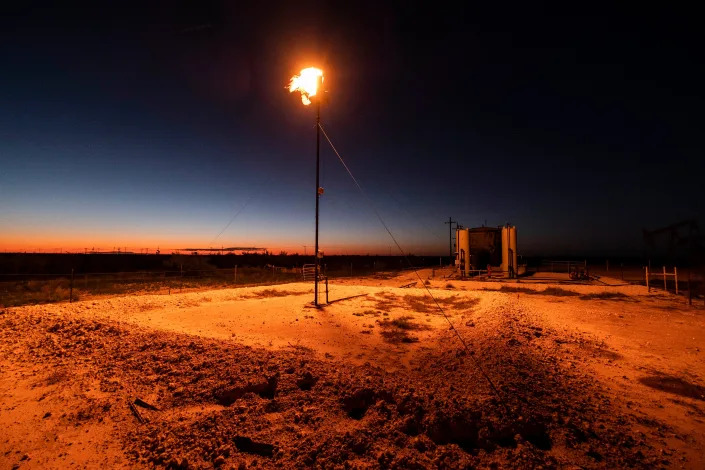DOJ says over a quarter of Lousiana's state inmates held beyond their release date
Theara Coleman, Staff writer
Thu, January 26, 2023

Louisiana State Penitentiary bus Giles Clarke / Contributor/Getty Images
The Justice Department released an investigative report Wednesday revealing that the Louisiana Department of Corrections is keeping over a quarter of its inmates in jail beyond their scheduled release dates, CNN reports. The department alleges that the LDOC has been "deliberately indifferent to the systemic overdetention of people in its custody" since at least 2012.
During its yearlong investigation, the Justice Department found that between Jan. and Apr. 2022, the LDOC held nearly 27 percent of the people scheduled for release beyond their scheduled departure. 24 percent of the nearly 4,100 people affected were held for a minimum of 90 extra days.
Assistant Attorney General Kristen Clarke, the head of the DOJ's Civil Rights Division, said, "Our investigation uncovered evidence of systemic violations by the Louisiana Department of Public Safety and Corrections that have resulted in the routine confinement of people far beyond the dates when they are legally entitled to be released," per CNN.
In a letter to Louisiana's governor attached to the report, the DOJ blames the violations on "systemic deficiencies in LDOC's policies and procedures related to the receipt of sentencing documents, computation of an incarcerated individuals' release dates, and employee training," The department warned that it could sue the state if the LDOC didn't fix the violations within 49 days. However, the DOJ would prefer to "resolve this matter through a more cooperative approach."
In a statement to CNN, Mercedes Montagnes, executive director of prisoner advocacy nonprofit Promise of Justice Initiative in New Orleans, called the finding "egregious" and "frankly worse than we imagined."
"This is what the Justice Department is here for," Montagnes said. "We've been shouting, we've been screaming, we've been crying from every rooftop … for advocates like us this is validating. It's energizing to know that the full power of the federal government is going to come down here and hold people responsible."


